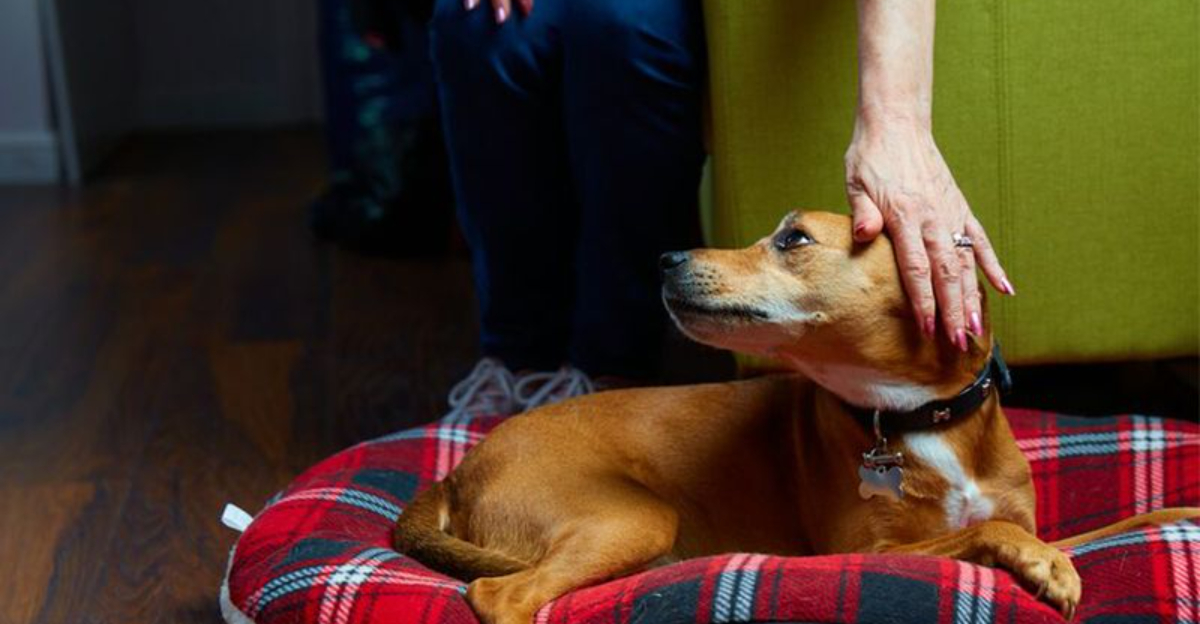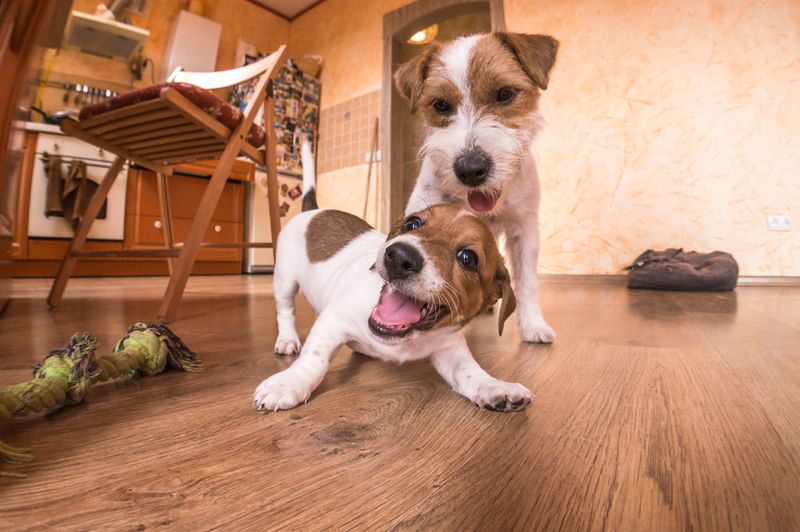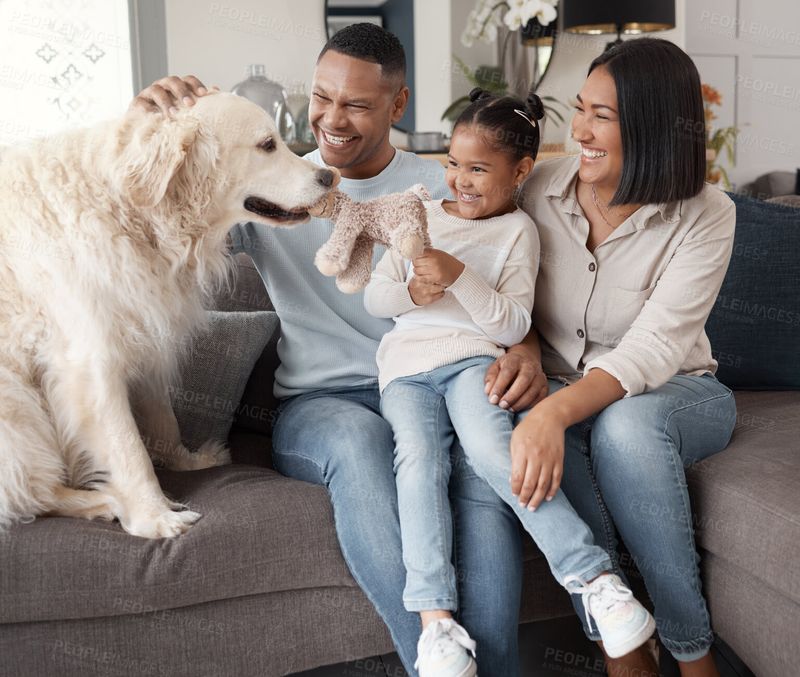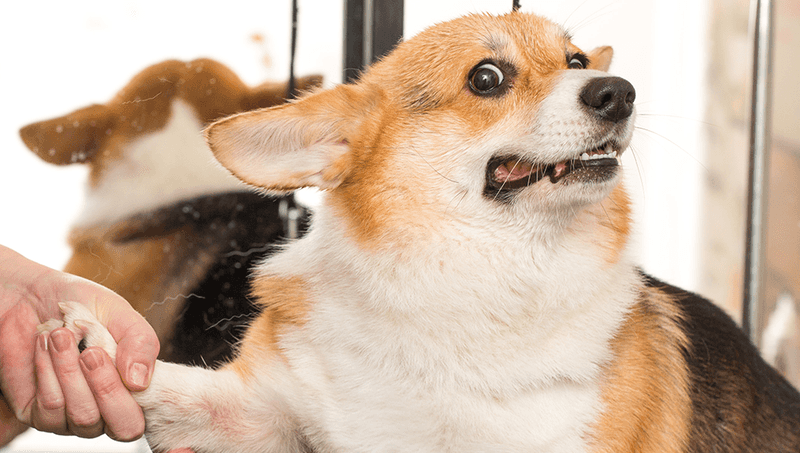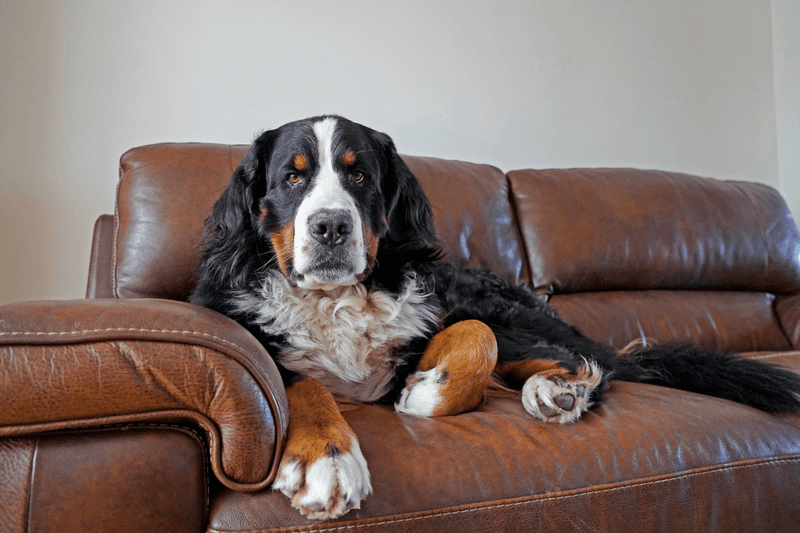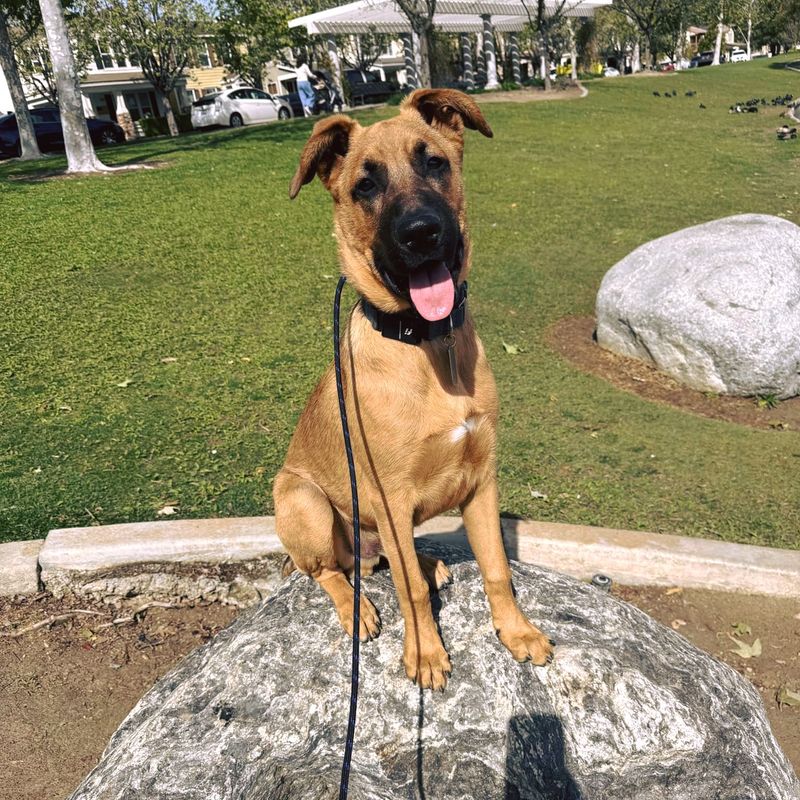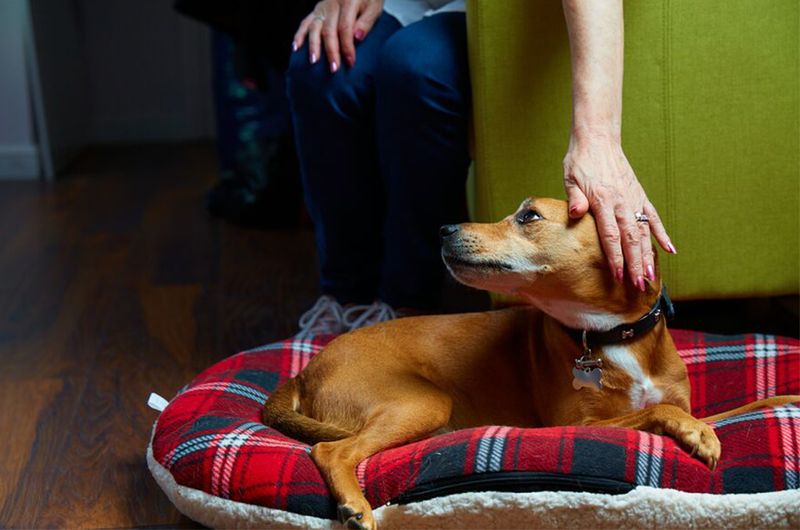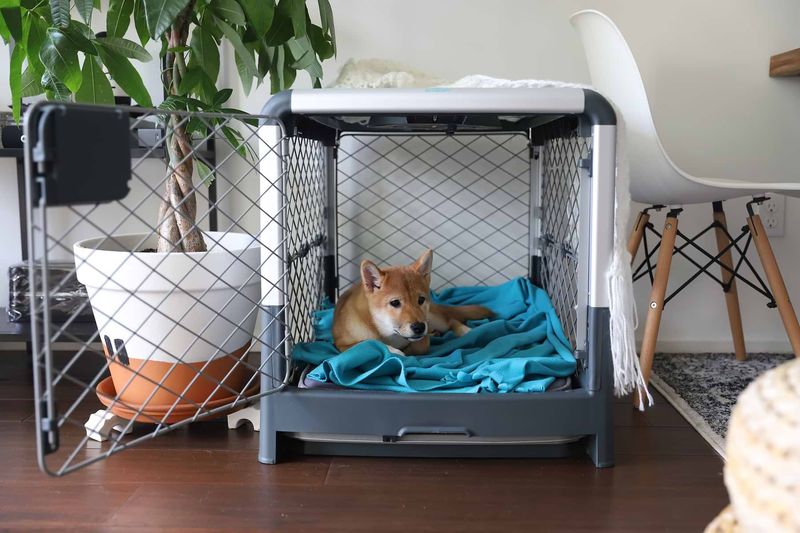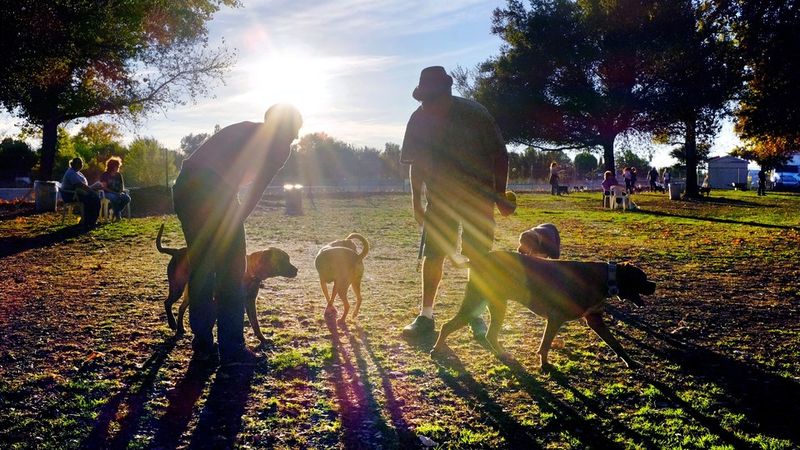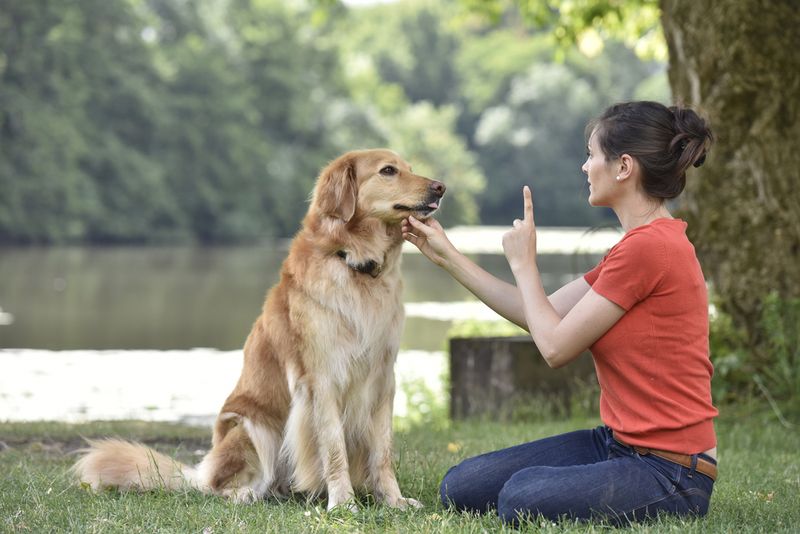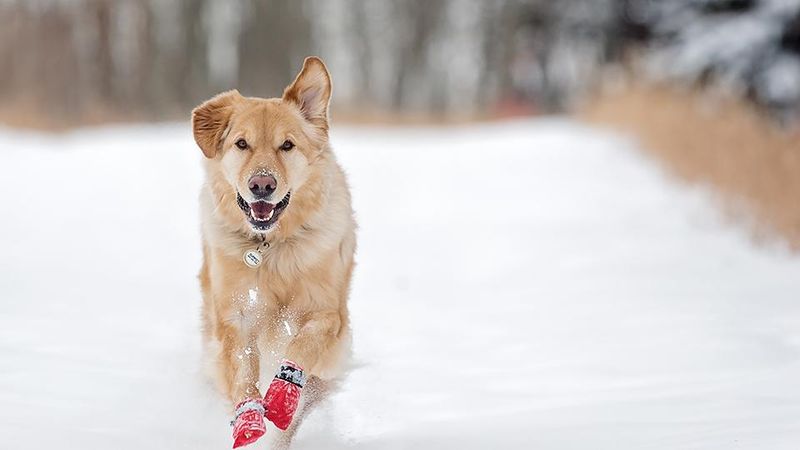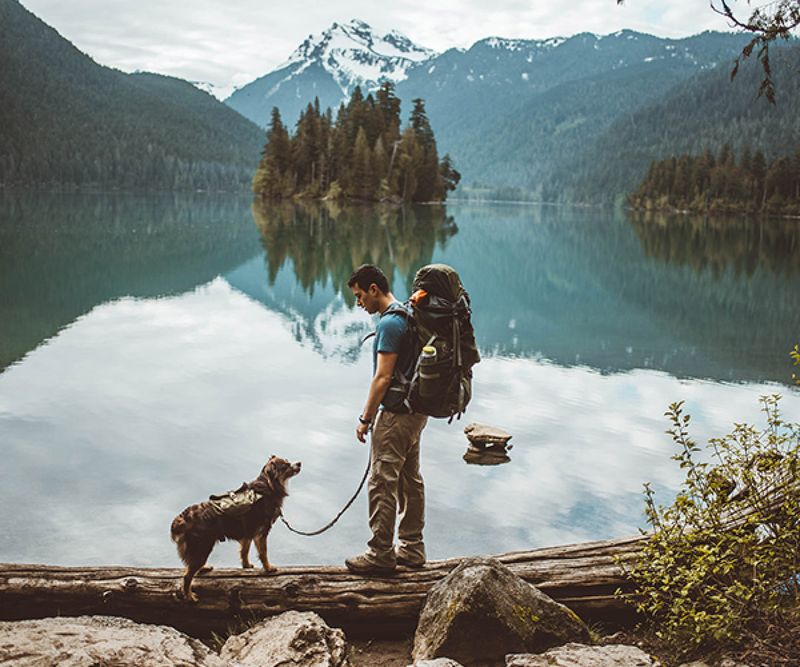Welcoming a rehomed dog into your home is an incredibly rewarding experience, but it can also come with its unique set of challenges. Understanding how these furry friends adjust to their new environments can help make the transition smoother for both the pet and the owner. This article explores fourteen distinct ways in which rehomed dogs adapt to their new lives, providing valuable insights into their behavior and needs. Each dog’s journey is unique, filled with moments of joy, discovery, and growth. By recognizing these adjustment patterns, we can help nurture a supportive environment for our four-legged companions.
Exploring New Surroundings
The initial days in a new home are filled with exploration for a rehomed dog. With a world of scents and spaces to discover, these dogs often spend their time sniffing around furniture, corners, and even their humans. This phase helps them map out their new territory.
The curiosity displayed is a sign of their adaptability and willingness to settle in. Dogs use their powerful sense of smell to gather information, which aids in feeling secure and at home. Engaging them in this process fosters confidence and eases their transition.
Bonding With Family
Building strong bonds with their new family is essential for rehomed dogs. These affectionate creatures often seek out moments of connection, whether through play, cuddles, or simply following family members from room to room.
Establishing trust through consistent interaction is key. It allows them to feel loved and secure in their new environment. This bonding process is not just enjoyable but also therapeutic, offering comfort and stability to the dog as they adjust.
Learning New Routines
Rehomed dogs often thrive on structure and predictability. Adapting to their new home’s routines is a significant part of their adjustment. From breakfast time to nightly walks, these routines provide a comforting framework.
Dogs are quick learners and soon pick up on these daily rituals, which helps them feel secure. The consistency of routines offers a sense of normalcy and belonging, making this an important aspect of their new life.
Overcoming Fear and Anxiety
Adjusting to a new home can evoke fear and anxiety in rehomed dogs. These feelings often manifest through cautious behavior and timid body language. Patience and understanding from their new family are crucial.
Creating a calm and supportive environment helps alleviate these anxieties. Over time, with gentle encouragement, dogs begin to trust and relax, shedding their initial fears. This transformation is a testament to their resilience and ability to adapt when given love and support.
Discovering Favorite Spots
Finding a favorite spot in the new home is a delightful part of a dog’s adjustment journey. Whether it’s a sunny corner or a cozy bed, these spots become a sanctuary where the dog feels most at peace.
These preferred locations offer comfort and security, helping them feel more settled. As they gravitate towards these spots, it reflects their growing comfort and acceptance of their new environment.
Building Confidence
Confidence is a beautiful trait that rehomed dogs gradually develop. As they become familiar with their surroundings and new family, their self-assurance grows.
This newfound confidence is reflected in their demeanor, often seen trotting with a wagging tail and an uplifted spirit. Encouragement from their family plays a pivotal role in nurturing this trait, reinforcing positive behavior and boosting their sense of belonging.
Adjusting to New Sounds
New homes come with unfamiliar sounds that can be startling for rehomed dogs. These may include household appliances or the bustling noise of a neighborhood.
Gradually, dogs learn to discern these sounds as non-threatening, adapting with time. Their ability to adjust to these auditory changes speaks volumes about their resilience and adaptability, helping them feel more at ease in their surroundings.
Crate Training
Crate training offers a safe space for rehomed dogs, aiding their transition into a new home. This training provides a personal retreat for rest and security.
When introduced gradually and positively, crates become a haven where dogs can retreat when feeling overwhelmed. This process of acclimating to a crate is essential for fostering a sense of safety and stability, allowing them to relax fully.
Making Dog Friends
Socialization is a key part of a rehomed dog’s life. Making new dog friends helps them learn social cues and enhances their confidence.
Parks and social gatherings provide opportunities for this interaction, allowing dogs to play and communicate. These social experiences enrich their lives, contributing positively to their mental and emotional well-being.
Learning New Commands
Training plays a pivotal role in a rehomed dog’s adaptation process. Learning new commands not only strengthens the bond with their owner but also provides mental stimulation.
Through positive reinforcement, dogs quickly grasp new skills, which boosts their confidence and fosters a sense of accomplishment. This learning experience helps them integrate into their new family seamlessly.
Expressing Individuality
Every rehomed dog has its own personality, and expressing individuality is an integral part of their adjustment. Whether it’s through quirky behaviors or particular habits, these traits make each dog unique.
Embracing these individual characteristics enriches the bond between the dog and their family. This expression helps the dog feel understood and appreciated, fostering a deeper connection.
Adjusting to Weather Changes
Weather changes can be a new experience for rehomed dogs, especially if they come from different climates. They may encounter snow, rain, or sunshine in their new home.
Adapting to these changes is part of their journey, often involving playful exploration of these elements. This adaptation showcases their resilience and willingness to embrace new experiences, adding joy to their new life.
Understanding New Boundaries
Every home has its own set of rules, and rehomed dogs gradually learn these boundaries. Whether it’s staying off furniture or designated play areas, understanding these limits is vital.
This learning process involves patience and guidance from their family. Over time, dogs respect these boundaries, which helps maintain harmony in the household.
Embracing New Adventures
Rehomed dogs often discover a sense of adventure in their new lives. Exploring trails, parks, and new environments with their family adds excitement and enrichment.
These adventures provide physical exercise and mental stimulation, contributing to their overall well-being. This eager participation highlights their zest for life and the joy of exploring with their trusted companions.
